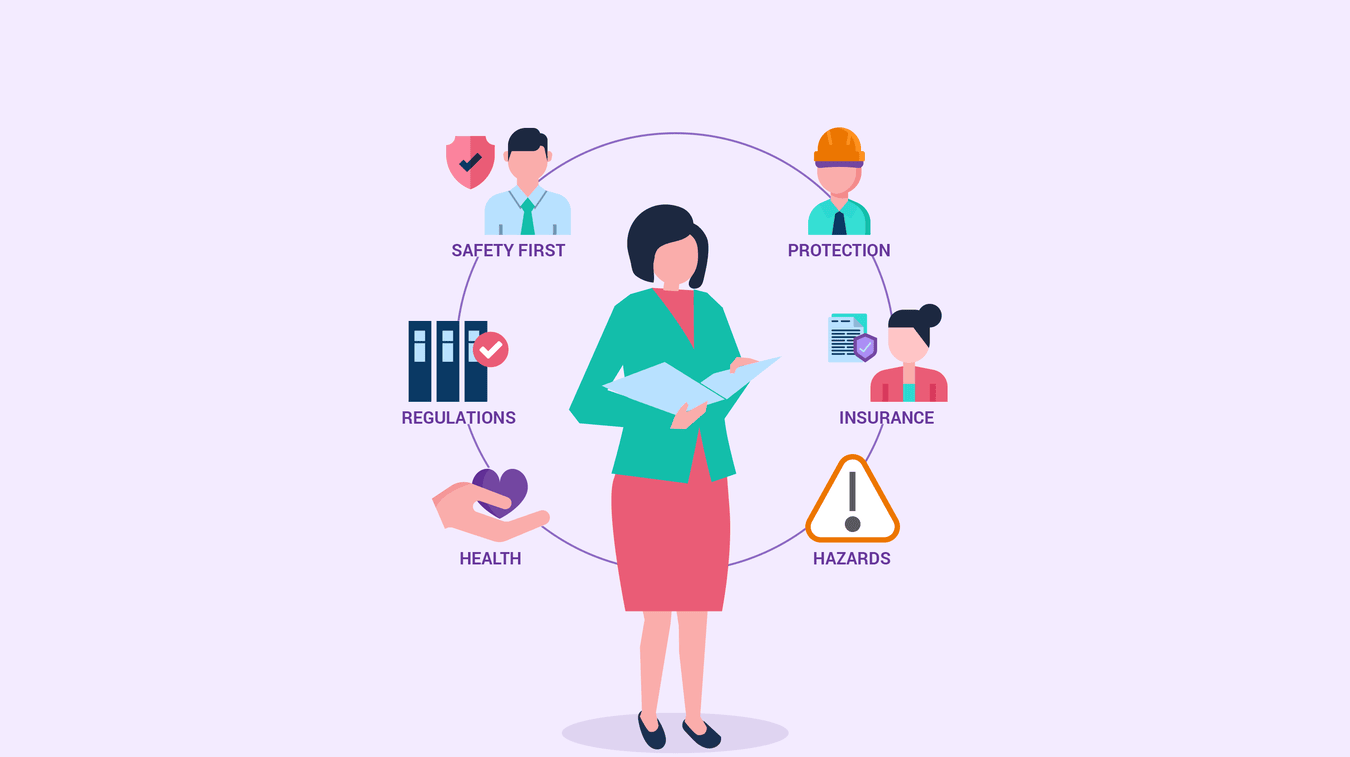Key Takeaways
- Understanding basic workplace safety measures is crucial for employee well-being.
- Implementing effective communication policies can help prevent workplace violence.
- Employers should provide proper training and resources for their workforce.
Introduction to Workplace Safety
Creating and maintaining a safe workplace is a fundamental responsibility for employers in today’s complex and evolving business landscape. The importance of comprehensive workplace violence training cannot be overstated, as it helps arm employees with the knowledge and skills necessary to identify potential threats and respond effectively. This training is not merely a compliance requirement but an essential component of a broader strategy to safeguard employee welfare and productivity. A workplace that prioritizes safety not only mitigates physical risks but also promotes mental and emotional well-being, which in turn enhances overall job satisfaction and retention rates. This holistic approach to safety ensures that employees can operate in an environment where they feel secure and supported, ultimately contributing to a more engaged and motivated workforce.
Common Workplace Safety Measures
Implementing a diverse array of workplace safety measures is crucial for ensuring the protection of employees and the smooth operation of an organization. Advanced security systems, including surveillance cameras and restricted access points, are powerful deterrents against unauthorized entry and potential security breaches. In addition to technological solutions, establishing clear and comprehensive evacuation protocols is essential. Regular drills and training sessions help prepare employees to respond effectively to emergencies, ensuring everyone knows their roles and responsibilities. Complementing these measures and introducing health and wellness programs can play a significant role in accident and injury prevention, creating a culture of care that prioritizes employee wellbeing. By integrating these safety measures into the organizational fabric, companies demonstrate their commitment to protecting their workforce, which can enhance trust, loyalty, and morale.
Effective Communication Policies
Open and transparent communication is a cornerstone of workplace safety, playing a vital role in preventing violence and fostering a supportive environment. Employers must prioritize establishing channels that empower employees to freely express their concerns and report issues without fear of reprisal. These channels, whether anonymous reporting hotlines or designated safety officers, ensure potential hazards are identified and addressed promptly. In addition to these frameworks, organizations should cultivate guidelines that promote respectful interaction, fostering a culture of inclusivity where every voice is heard and valued. Such an environment reduces the likelihood of misunderstandings and conflicts, fostering a collaborative atmosphere where employees are more likely to engage in positive, productive interactions.
Strategies for Better Communication
- Establish clear and accessible channels for reporting safety issues, such as anonymous hotlines or dedicated safety personnel, ensuring every employee feels empowered to speak up.
- Conduct regular feedback sessions to encourage employees to share their experiences and insights, facilitating continuous safety improvement.
- Foster a culture that celebrates open dialogue, encourages interactions across all company levels, and promotes trust and inclusion throughout the workplace.
Legal Considerations and Compliance
Navigating the landscape of legal considerations and Compliance is a critical aspect of maintaining workplace safety. Compliance with occupational safety and health regulations protects employees and positions a company as a responsible and forward-thinking organization. This commitment requires staying informed about changes in legislation and regularly reviewing safety policies to ensure alignment with industry standards. Adopting a proactive approach to Compliance demonstrates an organization’s dedication to upholding safety values, reducing the likelihood of legal disputes, and fostering trust among employees, partners, and stakeholders. This trust is a foundational component of a strong organizational reputation, which can enhance business opportunities and support long-term success.
Providing Proper Training and Resources
Comprehensive training and resource provision are indispensable components of an effective workplace safety strategy. Training programs focused on recognizing signs of potential violence and mastering intervention techniques equip employees with the skills necessary to maintain a safe environment. These programs should include interactive workshops and practical exercises that engage employees and provide hands-on experience. Moreover, access to a library of educational materials ensures that safety remains a top priority and that employees have the tools to stay informed about best practices. This consistent emphasis on training enhances individual competence and signals to employees that their safety is a paramount concern, fostering a culture of trust and collective care.
Promoting a Positive Workplace Culture
A positive workplace culture that prioritizes safety, respect, and collaboration is essential in minimizing the potential for conflict and violence. Initiatives such as team-building exercises, diversity training, and inclusion programs strengthen employee bonds and support the development of a cohesive organizational culture. When employees feel valued and respected, they are more likely to engage constructively with colleagues, fostering a supportive environment that minimizes friction. Promoting a culture of gratitude and consistent feedback further reinforces positive behavior. It acknowledges the efforts of individuals and teams, creating an environment where everyone feels motivated to contribute their best. This, in turn, enhances overall organizational effectiveness and resilience.
Real-Life Examples of Safety Success
Exploring real-life examples of companies successfully implementing effective workplace safety strategies offers valuable insights and inspiration. Organizations that integrate comprehensive safety programs underpinned by robust training initiatives often experience fewer workplace incidents and notable improvements in employee morale and job satisfaction. These success stories exemplify how a proactive safety culture can bring tangible benefits, positively impacting employee well-being and the organization’s bottom line. By examining these examples, other companies can learn from best practices and tailor their safety strategies to meet their unique needs, ultimately fostering safer and more productive work environments.
Conclusion
Prioritizing workplace safety is a vital investment in an organization’s most valuable assets—its people. Companies can foster environments where employees feel secure, respected, and empowered by embracing a multifaceted approach that incorporates comprehensive safety measures, transparent communication, and continuous training. This commitment not only safeguards employees’ physical and mental health but also enhances organizational culture, driving collaboration, innovation, and success. Organizations that view safety as a core value are well-positioned to navigate challenges, adapt to evolving circumstances, and maintain their competitive edge in today’s dynamic business landscape.






